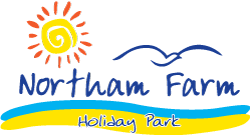Wildlife and the Marsh People at Northam Farm
Northam Farm has the advantage that we are adjacent to 7 miles of sandy beach but also in the Somerset countryside.
The adjoining fields often have sheep and cows and during quieter times, you may be lucky enough to see Roe deer. We are also regularly visited by foxes and badgers and there are plenty of rabbits hopping about and in the more secluded areas you can see their extensive warrens. In the spring, usually in the ditch between 5 Acres and the Lakefield area, you may see a stoat. You may also spot a Water Vole in the ditch along the side of the dog walk.
At night time, if you walk along the dog walk behind 8 Acres & the Sports Field, on a still evening, you will see the Horseshoe Bats.
If you listen carefully, you will hear the tap, tap, tap of the woodpecker. At Northam Farm you may be lucky to see the Green Woodpecker and the Greater Spotted Woodpecker. Look out for the Crack Willow trees, mainly round the fishing lakes to see their tell-tale holes.
Oh, and you will find the wood pigeons are very friendly and they will come close and feed around you!
Other rare birds you may see are the Red Kite, the Common Buzzard and we do have a pair of Ospreys that nest on Brean Down, a short distance from Northam Farm.
From October to March, you may witness a murmuration. This is what is called a flock of starlings and there can be thousands of birds. Popular theories for murmurations suggest they are a way to confuse and avoid predators, a way to keep warm or just a massive signpost in the sky for a safe place to roost.
We are part of the Somerset levels. All of the levels and moors in Somerset were under water until about 4500 BC when peat deposits began to form in salt marsh, fen and raised bog environments. In order to cross these wetlands and reach the islands of rock and sand in the valleys, prehistoric people built wooden track ways. As a result a lot of aquatic birds are attracted and occasionally we see them from Northam Farm. In particular, look out for the Little Egret and the Grey Heron.
Incidentally, when we excavated the lake in 1991, in the area around the aerators, we found, buried in the peat at 12 feet deep, the round circles of the remains of willow huts of the
“Marsh People”. These were built on an inlet that use to flow from the aerators and through 5 Acres and onward to where the small fishing pond is then out to sea.
Northam Farm fishing lake, as well as our small pond, attracts a lot of aquatic birds including Mallard, Moorhen, Coot, Swans and Geese. You even may be lucky enough to see a Kingfisher.
Don’t forget your binoculars when you head to the beach. On the tide line at low water you will see large numbers of wading birds, feeding on the rich mud full of molluscs and worms.
Look out for Red Shank, Dunlin and Curlew. Also Shelduck (also known as Barrow Duck) can often be seen out on the tide line.
Northam Farm Holiday Park, Caravan Sales and Caravan Parts & Service Centre. Caravan holiday resort and caravan specialists.
Where the sea meets the countryside.
Support
© 2025 Northam Farm Caravan Sales & Holiday Park Ltd – All Rights Reserved.






